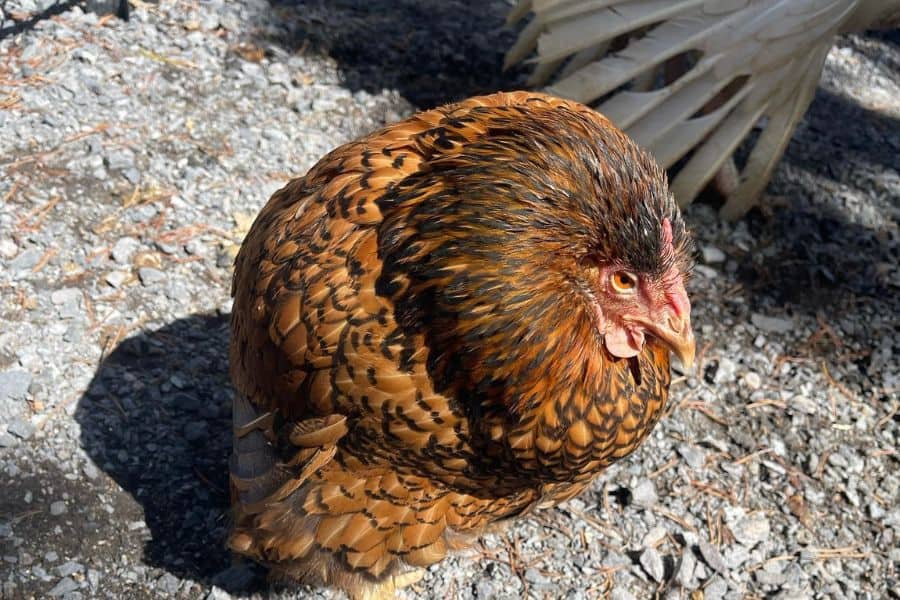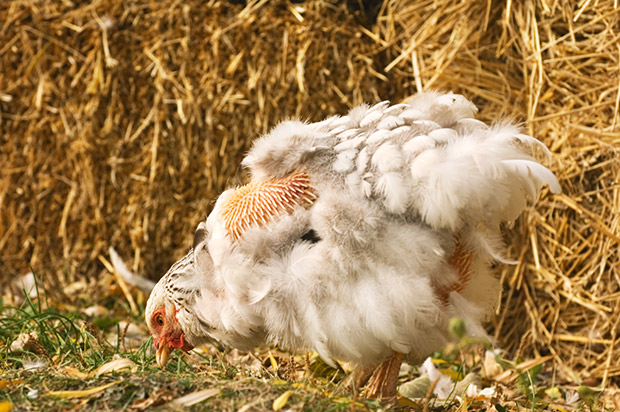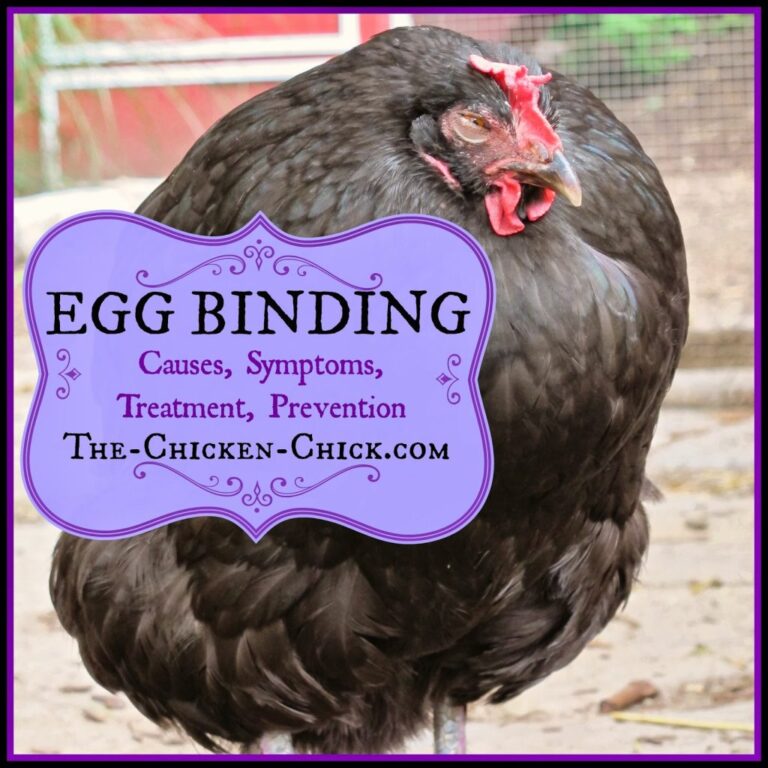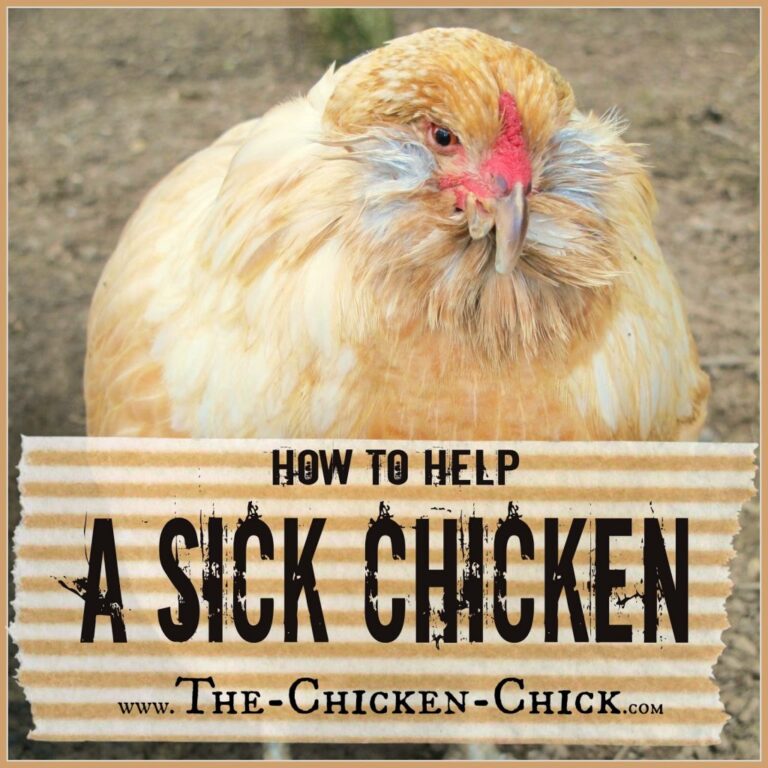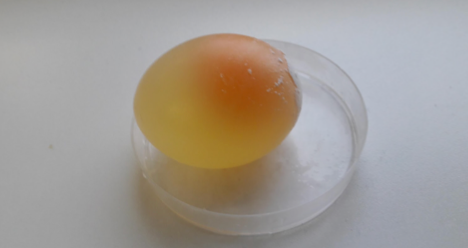A chicken with water belly, or ascites, can live for weeks to months, depending on treatment. Severity of the condition and timeliness of intervention significantly influence longevity.
Chickens are susceptible to a range of health issues, one being the condition known colloquially as ‘water belly’. Scientifically referred to as ascites, it’s a distressing ailment involving fluid accumulation in the abdomen. This condition often manifests in rapid breathing, lethargy, and a swollen belly.
The lifespan of a chicken suffering from water belly varies greatly. Proper veterinary care can extend this duration, but untreated, the condition can lead to diminished lifespan due to organ failure or complications. Owners need to recognize symptoms early and seek prompt care to manage the condition effectively, offering their chickens the best chance for survival. Regular check-ups and maintaining a healthy environment are crucial in preventing ascites and ensuring the longevity of your poultry.
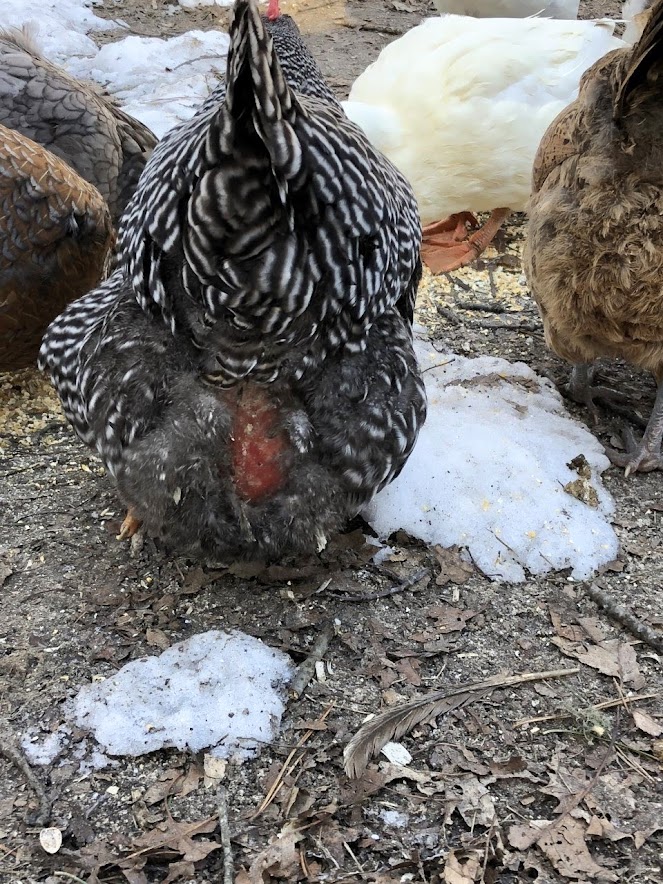
Credit: thecapecoop.com
The Reality Of Water Belly In Chickens
Water Belly, also known as ascites, is a condition that can greatly affect a chicken’s quality of life. This ailment is not only troubling for the chicken but for the poultry keeper as well. The lifespan of a chicken with Water Belly varies. Without treatment, it often leads to a shortened life. Understanding this condition is vital to manage and prevent it effectively.
Identifying Water Belly
Recognizing Water Belly requires close observation. Chickens might exhibit signs such as a swollen abdomen or difficulty breathing. These symptoms arise from fluid accumulation within the body. Regular checks are crucial to detect such abnormalities early.
Symptoms And Diagnosis
Early detection can increase a chicken’s chance of survival. Common symptoms include:
- Lethargy and reduced activity
- Lack of appetite leading to weight loss
- Difficulty in breathing due to pressure from fluid
A veterinarian can confirm Water Belly through:
- Physical examination of the chicken
- Clinical tests like ultrasound or x-rays
Timely professional advice often saves lives.
Water Belly: An Overview
Chickens sometimes suffer from a condition called “Water Belly”. This sounds strange, but it’s a serious problem. The belly fills with fluid. It feels squishy. This makes the chicken look like it’s carrying water inside. Let’s explore this condition further.
The Science Behind Ascites In Poultry
Ascites is the official name for Water Belly. It is a health issue in chickens. Their bodies can’t pump blood properly. Pressure builds. Fluid leaks into the belly. Organs can’t work right.
Here’s the simple science:
- The heart pumps blood.
- If it’s weak, blood flow slows down.
- The liver gets stressed.
- Fluid escapes into the belly.
Contributing Factors To The Condition
Many things can make chickens get Water Belly. Let’s look at the common ones. We use bullet points for easy reading.
- Bad genes can make a chicken’s heart weak.
- Too much food makes the heart work harder.
- Cold weather can stress the chicken’s body.
- Diseases affect the heart and liver.
- High altitudes make the heart pump more.
Prognosis For Water Belly
Water Belly, also known as ascites in chickens, is a condition that can raise alarm among poultry keepers. Determining how long a chicken can live with Water Belly involves understanding the likelihood of recovery and the possible outcomes of this ailment.
Short-term Survival Expectancy
The short-term outlook for a chicken with Water Belly can vary. Early detection and treatment can improve survival rates. Without treatment, chickens may live only a few days to weeks. Symptoms like labored breathing or lethargy warrant immediate care.
Long-term Health Implications
Managing Water Belly over the long term requires consistent attention to the chicken’s health. Recurrence is possible, and complications can occur. Monitoring weight, diet, and activity helps manage the condition. Some chickens may live with this for years with proper care.
Managing Water Belly
Managing Water Belly in chickens is a critical concern for poultry keepers. Also known as ascites, this condition can significantly affect a bird’s quality of life. By the time symptoms are noticeable, immediate attention and long-term strategies are essential. A chicken’s lifespan with water belly greatly depends on how effectively the condition is managed. Let’s explore essential care steps and strategies to support our feathered friends.
Immediate Care Steps
Acting swiftly can make a difference when dealing with water belly. Begin with:
- Isolating the affected chicken to reduce stress and prevent flock bullying.
- Regulating temperature as extreme weather can exacerbate symptoms.
- Ensuring easy access to food and clean water.
- Modifying the diet to one lower in salt and energy, which is crucial for reducing fluid buildup.
- Introducing vitamins and supplements that support heart and liver health.
- Keeping the chicken’s living space clean and dry to prevent infections and disease.
Consult a veterinarian to understand the best treatment options and for professional medical intervention if necessary. They may perform a procedure to relieve fluid accumulation.
Long-term Management Strategies
Habitual changes can help manage and prevent water belly over time. Consider:
Regular checks on the flock’s health help catch water belly early. Monitoring weight and behavior changes can be lifesaving. Consistent management leads to better outcomes and extends the lifespans of chickens with water belly.
Treatment Options Available
When a chicken suffers from water belly, also known as ascites, it faces a serious health issue that requires prompt attention. Ascites can drastically reduce a chicken’s lifespan. Understanding the treatment options available is crucial for their recovery. From medical interventions to surgical procedures, various methods can efficiently manage and, in some cases, resolve this condition.
Medical Interventions
Medical interventions often serve as the first line of defense against water belly. These typically involve:
- Diuretic medications: To help reduce fluid accumulation.
- Supplemental oxygen: For chickens with breathing difficulties.
- Dietary changes: Lowering salt intake to decrease fluid buildup.
- Increased hydration: Essential for supporting overall health.
Treatments aim to alleviate symptoms and improve the quality of life for the affected chicken.
Surgical Procedures And Their Efficacy
In cases where medical interventions don’t yield the desired results, surgical procedures may be considered:
| Surgical Procedure | Efficacy |
|---|---|
| Abdominocentesis | Removes fluid but may require repeat sessions |
| Partial Omentectomy | Can provide longer-lasting relief |
Surgical treatments can be effective but carry risks such as infection and the need for postoperative care. Assessing the chicken’s overall health is vital before considering surgery. With the right treatment, many chickens can recover and lead a full life despite water belly.
Preventive Measures
Water belly in chickens, also known as ascites, can cut their lives short. But with the right preventive measures, you can protect your flock. Start with what they eat and where they live. Let’s dive into these important steps.
Dietary Adjustments
A good diet means a healthy chicken. Like us, chickens need balanced nutrition. Here’s what you can do:
- Reduce salt: Too much salt can harm your chickens.
- Control calories: Overfeeding leads to obesity and health issues.
- Monitor protein: High protein isn’t always best. It can stress their bodies.
- Offer vitamins: Vitamins like E and C keep chickens strong.
- Ensure water access: Clean, fresh water is a must at all times.
Environmental Modifications
Chickens also need a safe and comfy home. Pay attention to these details:
- Space matters: Crowding can cause stress and illness. Give them room.
- Climate control: Protect them from extreme heat and cold.
- Cleanliness is key: Regularly clean their coop to prevent disease.
- Good ventilation: Fresh air keeps the coop dry and disease-free.
- Stress-free environment: Keep them happy with enough light and space to roam.
Impact Of Water Belly On Flock Dynamics
Water Belly, also known as ascites, affects chickens in various ways. The condition can disrupt the daily life of a flock. Understanding these changes helps in managing the flock’s health and well-being.
Behavioral Changes In Affected Chickens
Chickens with Water Belly may show notable behavioral shifts:
- Reduced activity – They move less and avoid usual routines.
- Isolation – Affected birds might separate from the group.
- Lethargy – They exhibit low energy and enthusiasm.
- Appetite change – Their eating patterns may fluctuate widely.
These changes can slow down the flock, impacting overall productivity.
Influence On The Pecking Order
The pecking order keeps peace within a flock. Water Belly can disrupt this hierarchy:
| Normal State | With Water Belly |
|---|---|
| Chickens establish a clear order | Disease causes confusion in ranks |
| Stable feeding and roosting turns | Ill chickens often get less food and space |
| Harmony in mating and nesting | Increased stress leads to reduced egg production |
Chickens dealing with Water Belly may drop in the pecking order, making them more vulnerable to bullying. Regular observation and prompt action are vital to prevent further distress and to maintain the flock’s harmony.
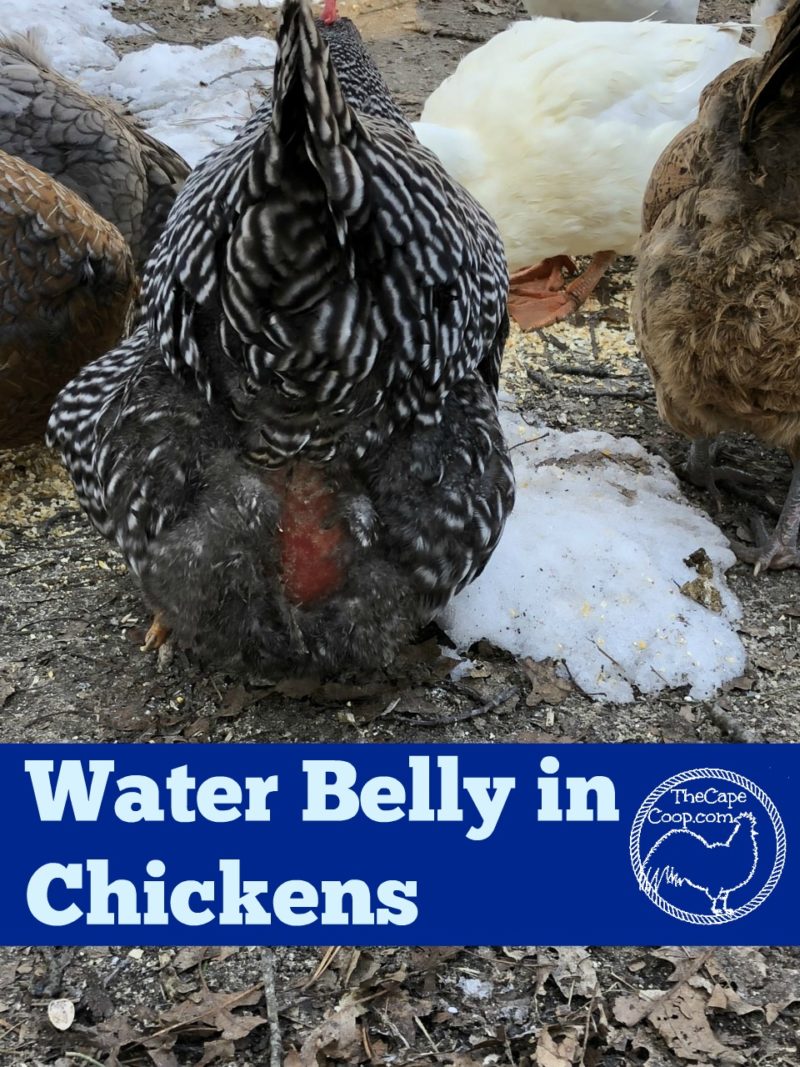
Credit: thecapecoop.com
Making The Tough Decision
Facing the reality of a chicken suffering from water belly can lead to intricate decisions. Water belly, or ascites, is a health condition that can severely impact a chicken’s well-being. It is critical to consider the bird’s quality of life. With proper attention, chickens with ascites may live for a while. Yet, often the kindest choice involves hard decisions about their care.
Evaluating Quality Of Life
Evaluating the quality of life for a chicken with water belly is essential. Delve into the bird’s daily experiences. Scrutinize these signs:
- Activity Levels – Is the chicken moving less, straining, or in distress?
- Appetite – Does it show interest in food and water?
- Breathing – Is breathing labored or heavy?
- Interaction – Does the chicken interact with flock mates?
Record observations over several days. If signs point to pain or misery, further steps become necessary. Birds should enjoy life, not just endure it.
Considering Euthanasia For Welfare
Considering euthanasia may be the most humane route. It is a critical, compassionate choice if a chicken is suffering. Vets can assist. They ensure the process is swift, painless, and dignified. Reflect on this decision:
| Consideration | Implication |
|---|---|
| Longevity vs. Suffering | Long life is not always a fulfilled one. |
| Quality of Care | Ability to provide ongoing, effective treatment. |
| Ethical Responsibility | Humanity owes animals a life free from distress. |
Lethal injections are the main method. They leave no room for error. When treatments fail, euthanasia can be a kindness. Take time. Talk with a vet. Decide with love and respect for your feathered friend.
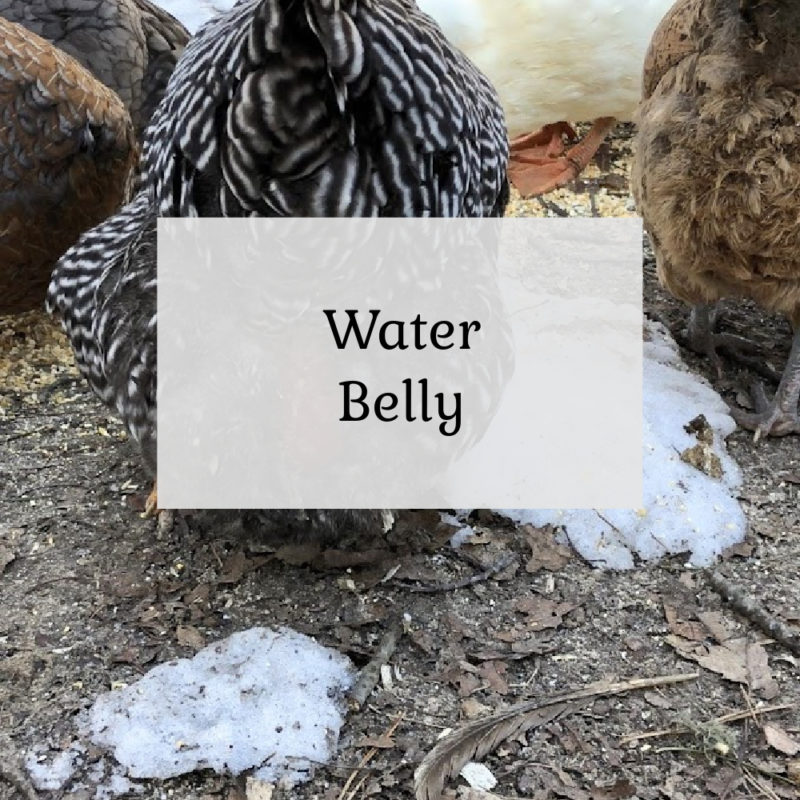
Credit: thecapecoop.com
Conclusion
Understanding the lifespan of a chicken with water belly, or ascites, is vital for poultry care. Early detection and swift action often dictate survival odds. While it’s a serious condition, proper management can extend a chicken’s life. Remember, consulting with a vet promptly can make a significant difference.
Care for your flock’s health to potentially prevent this condition.

